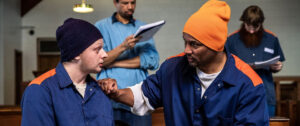Art Behind Bars: Reclaiming Voices Through Creativity
April 25, 2025
What does it mean to make art from inside a prison? To create while confined? To imagine freedom while physically restrained?

These are lived realities for thousands of incarcerated people in Michigan who find meaning, expression, and power through creative work. For them, creativity isn’t a pastime—it’s a lifeline. Detroit Opera’s presentation of Anthony Davis’s Pulitzer Prize–winning opera The Central Park Five offers a profound lens into this reality. At its core, the opera is a searing indictment of how the American carceral system—particularly as it targets Black and brown youth—strips people of their humanity, their agency, and their truth. But art pushes back. It reclaims voice, and insists on dignity. All across Michigan, programs and organizations are working to ensure that creativity doesn’t end at prison gates. In fact, it often begins there—fierce and free.
By Dr. Austin T. Richey
The Prison Creative Arts Project (PCAP)
University of Michigan, Ann Arbor
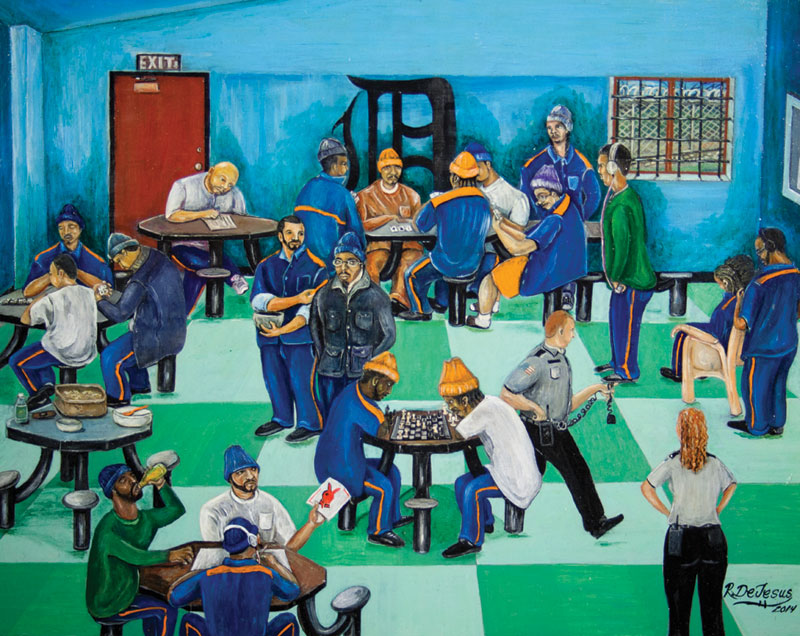
For nearly three decades, the Prison Creative Arts Project (PCAP) has been a cornerstone of Michigan’s prison arts movement. Based at the University of Michigan, PCAP supports visual art, creative writing, music, and theater workshops inside correctional facilities across the state. PCAP’s most visible contribution is the Annual Exhibition of Art by Michigan Prisoners, one of the largest prison art exhibitions in the world.
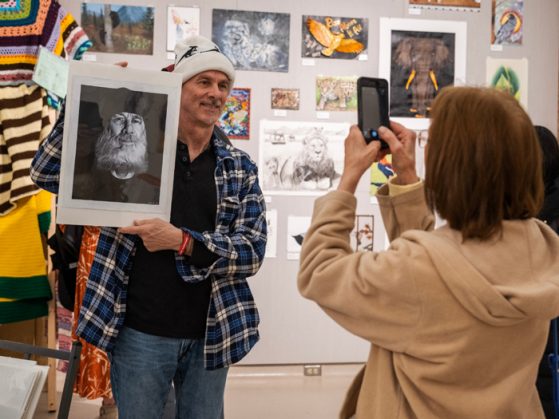
Held each spring, the exhibition turns gallery walls into spaces of testimony where landscapes, portraits, surrealist dreamscapes, and abstract visions bear witness to the lives of people often dismissed or swallowed up by the criminal justice system.
More than just an exhibition, PCAP’s work is about connection: showing that even within confinement, people are still growing, imagining, and creating. Read more about PCAP…
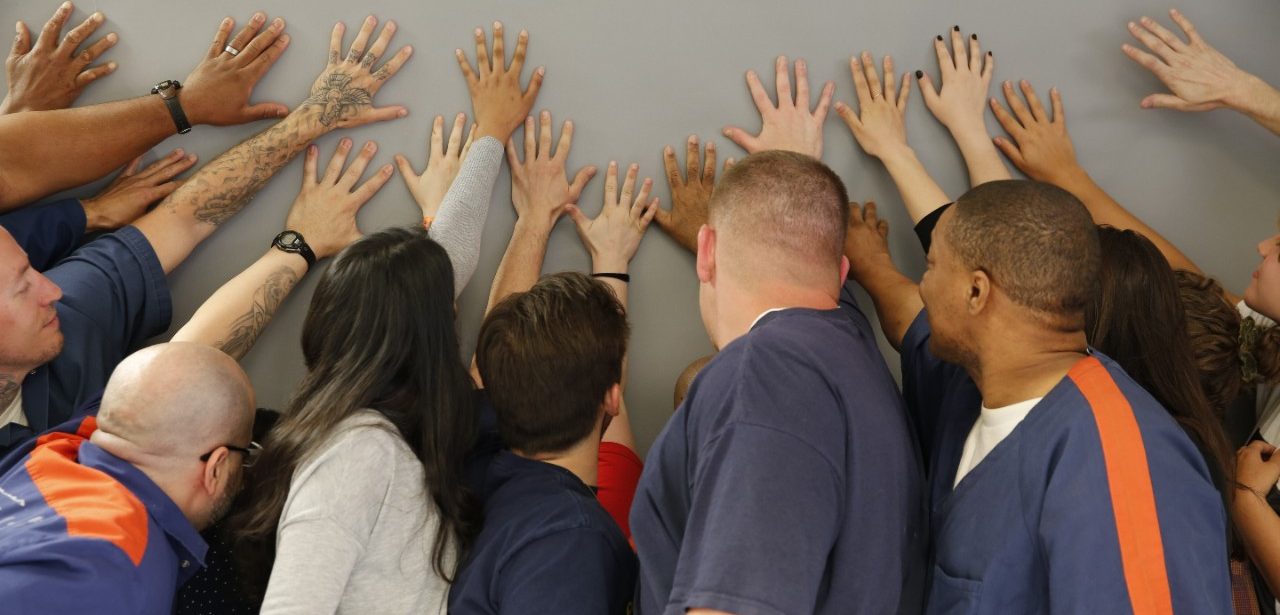
Shakespeare in Prison
Detroit Public Theatre
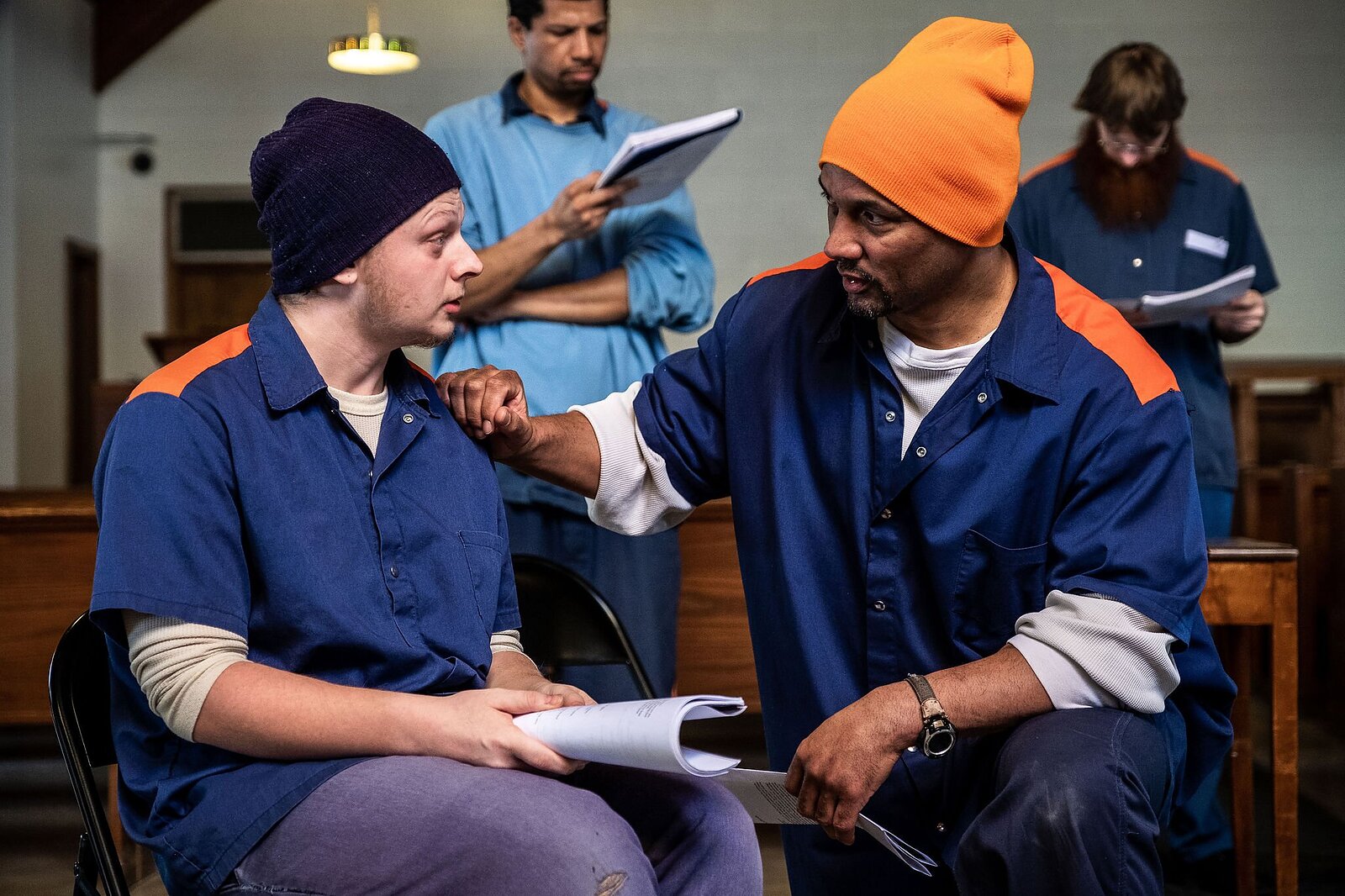
What can Shakespeare mean inside a prison? For participants in Shakespeare in Prison, a signature program of Detroit Public Theatre, it means everything. Through deep engagement with Shakespeare’s texts—soliloquies, ensemble scenes, complex characters—participants explore their own lives through the lens of classical theater. The power of Hamlet’s doubt, Lady Macbeth’s ambition, or Viola’s resilience become a mirror for self-reflection and reinvention.

This is not performance for performance’s sake. It’s about transformation and rewriting the narratives that society, and often the participants themselves, have placed upon them. And in that process, theater becomes a tool for healing, transformation, and hope. Read more about DPT’s Shakespeare in Prison program.
Humanize the Numbers
University of Michigan
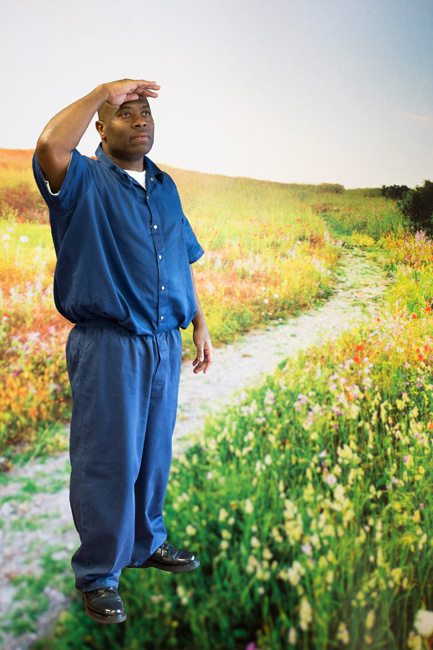
A collaboration between photography students and incarcerated men in Michigan Department of Corrections facilities, Humanize the Numbers is a University of Michigan initiative that pairs image-making with powerful personal narratives.
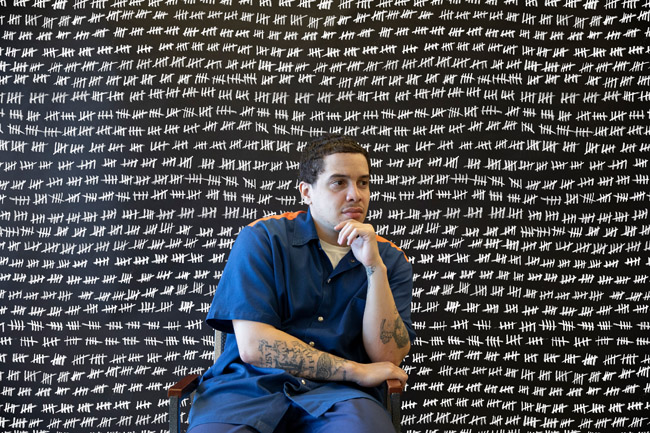
Photographs and accompanying texts challenge the public to look beyond statistics and see the people behind the numbers: individuals with families, dreams, regrets, and resilience. Exhibited across Michigan, the work draws attention to the impact of mass incarceration on human dignity while giving incarcerated people a platform for creativity. Read more at humanizethenumbers.com

Detroit Justice Center (DJC)
Detroit
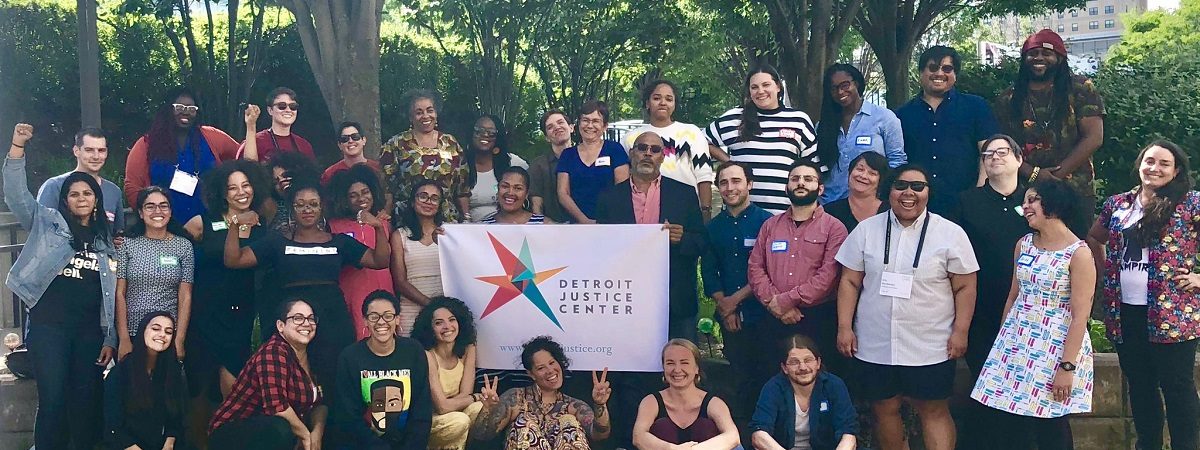
The Detroit Justice Center is reimagining what justice can look like. Through legal services, economic development work, and cultural programming, DJC supports artists-in-residence and creative justice initiatives to bring law, community, and imagination into alignment. DJC’s collaborations with the Allied Media Projects and Detroit Narrative Agency support projects by and for incarcerated or formerly incarcerated people; projects include films, public installations, and performance-based storytelling. Read more at detroitjustice.org
The Central Park Five
In The Central Park Five, composer Anthony Davis and librettist Richard Wesley turn one of the most notorious wrongful convictions in American history into a bold, operatic reckoning. The work restores the voices of five Black and Latino teenagers—Antron McCray, Kevin Richardson, Yusef Salaam, Raymond Santana, and Korey Wise—who were demonized, incarcerated, and abandoned by a system built on racial bias.
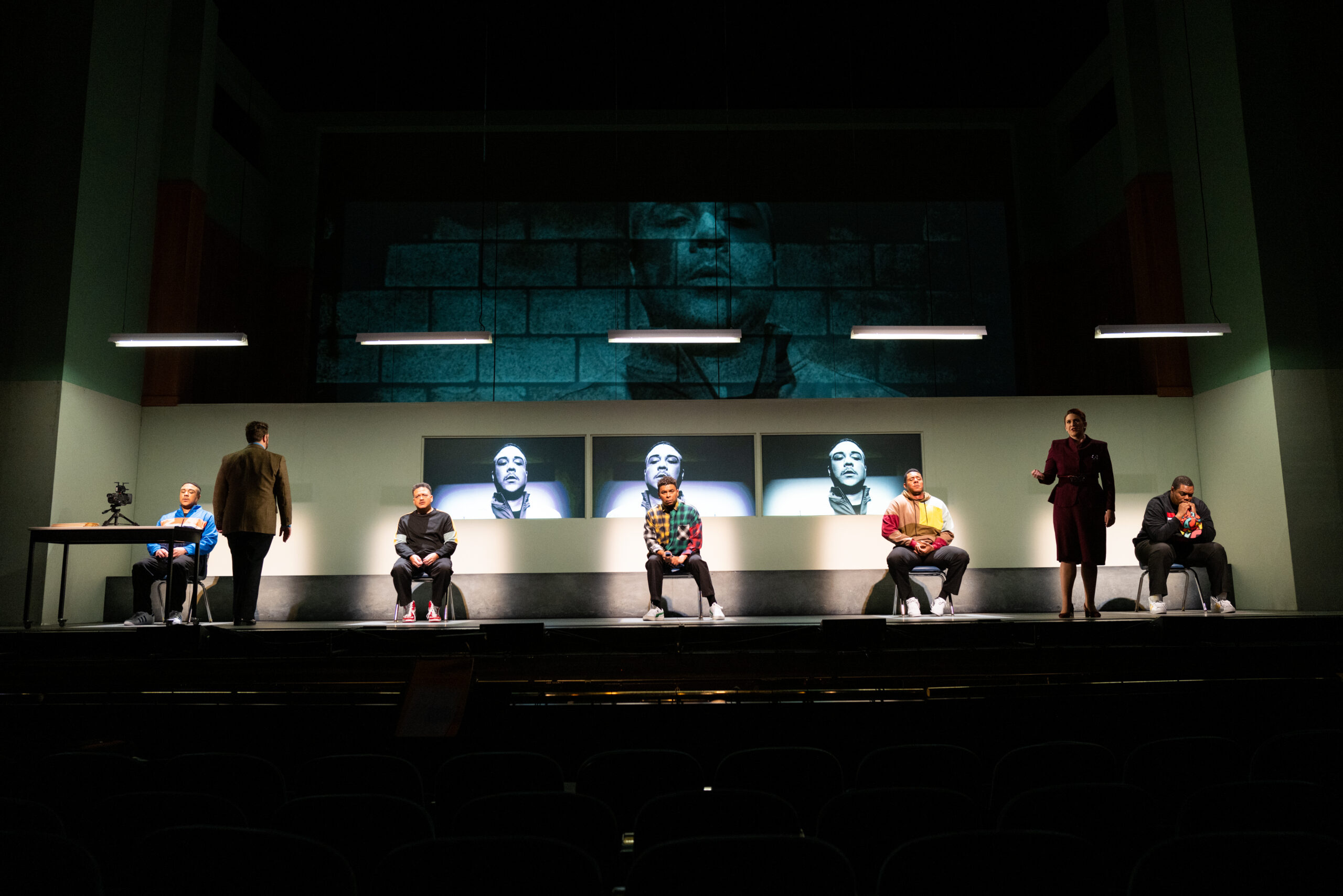
Their story echoes the struggles of many people in prison today, who are stripped of dignity and the chance to be fully seen. But the opera, like the prison art it mirrors, doesn’t let them be forgotten. It shouts back.
Austin T. Richey is Detroit Opera’s Storyteller and Digital Media Manager. He recently joined the faculty at College for Creative Studies, where he teaches Introduction to Material Culture. He is an ethnomusicologist whose research explores diasporic African music’s role in social movements, identity, and resistance—particularly in Zimbabwe and Detroit.
